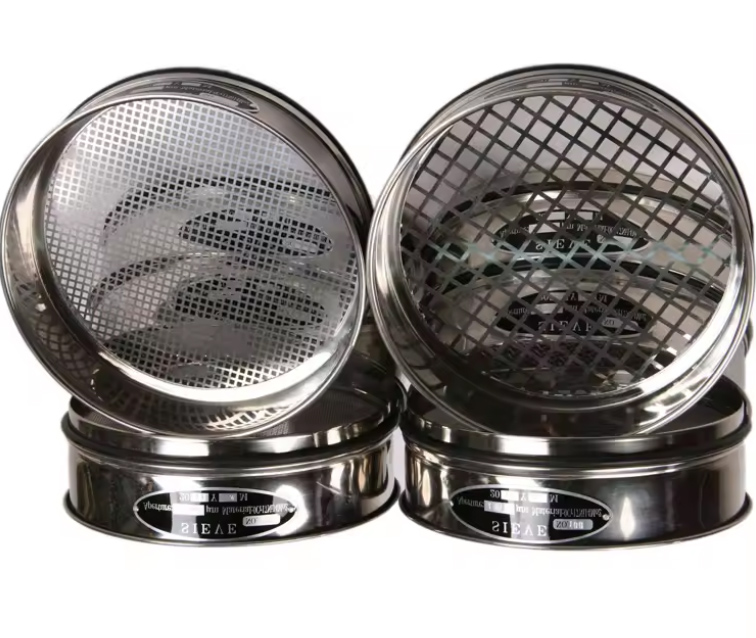A sieve analysis for aggregates is a method used to determine the particle size distribution of a granular material, such as sand, gravel, crushed stone, or other aggregates. This analysis is essential in the field of civil engineering, construction, and material science to ensure that aggregates meet specifications for use in concrete, asphalt, and other construction applications.

Sample Collection: A representative sample of the aggregate material is collected from the source or stockpile. It is crucial that the sample is representative of the entire material to obtain accurate results.

Preparation of Sample: The sample is dried in an oven to remove any moisture that could affect the results. The sample is then cooled to room temperature before proceeding with the analysis.
Sieve Shaking: The dried sample is placed on a stack of sieves with progressively finer mesh sizes, starting from the top with the largest sieve size. The stack is then placed in a sieve shaker, which agitates the stack horizontally and vertically to separate the particles based on size.
Weighing: After a specified duration of shaking, the material retained on each sieve is weighed. This information is used to calculate the percentage of material passing through each sieve.
Particle Size Distribution: The results of the sieve analysis are used to create a particle size distribution curve, which shows the percentage of material passing through each sieve size. This curve helps determine the gradation of the aggregate and whether it meets the specified requirements for the intended application.
Interpretation: The sieve analysis results are compared against industry standards or project specifications to ensure that the aggregate meets the desired gradation limits. Adjustments to the mix design may be necessary based on the results.

Quality Control: Sieve analysis helps ensure the quality and consistency of aggregates used in construction projects by verifying that the material meets specified gradation requirements.
Optimization: By analyzing the particle size distribution, engineers can optimize the mix design of concrete or asphalt to achieve the desired strength, workability, and durability.
Compliance: Sieve analysis is often required by industry standards and project specifications to ensure that aggregates meet the necessary quality standards for construction applications.
Performance Prediction: The particle size distribution of aggregates can impact the performance of concrete or asphalt, making sieve analysis a crucial tool for predicting material behavior in various applications.
sieve analysis for aggregates is a fundamental test used to determine the particle size distribution of granular materials, providing important information for quality control, mix design optimization, and compliance with industry standards in construction projects.
Address:China,Yanjin county forest park gate to the west 1000 meters north road.